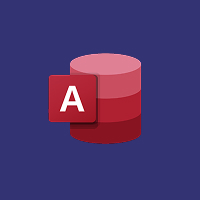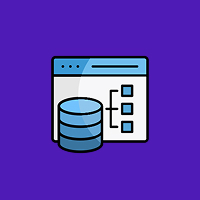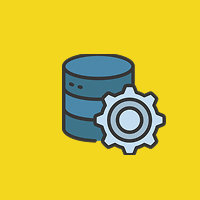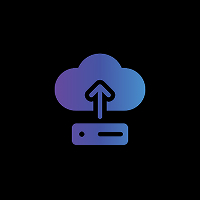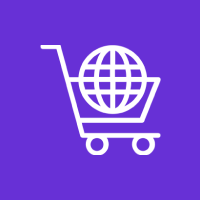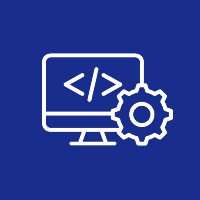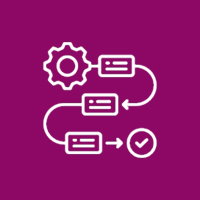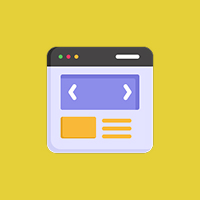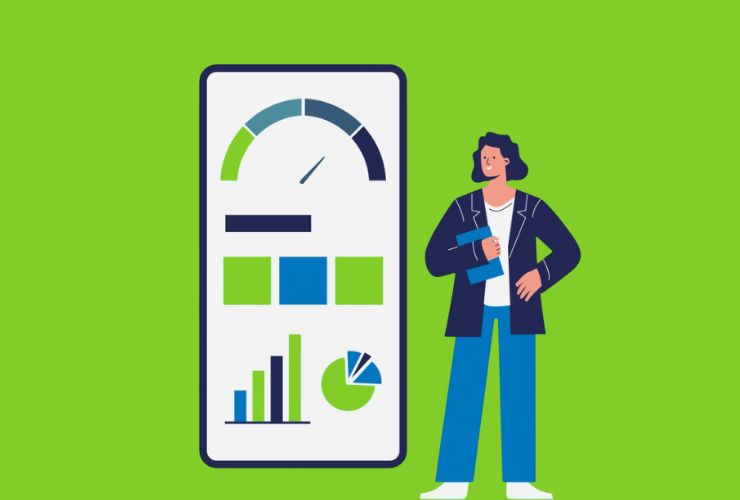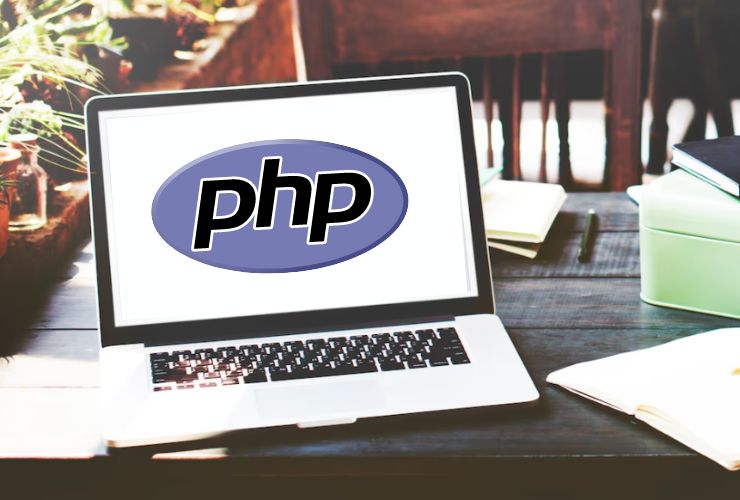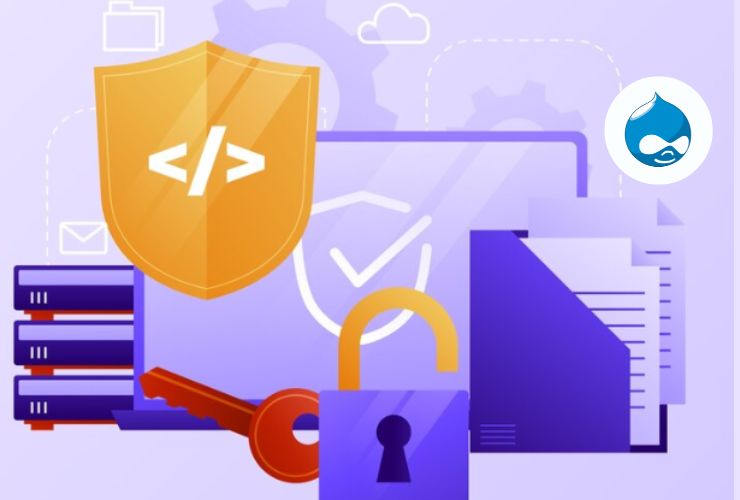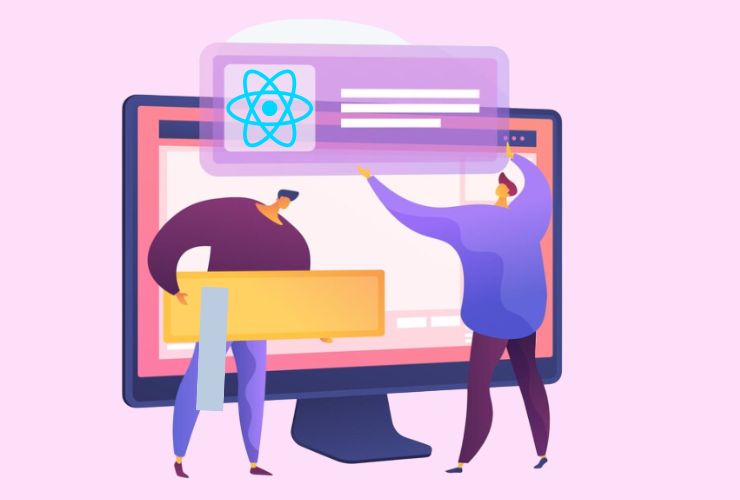Since mobile users demand seamless performance, maintaining your Android app size and speed is highly crucial. Large app impacts download speeds, storage space usage, performance, and user behavior. Bloated applications will most likely result in slow load times, higher crashes, and uninstalls, thereby impacting user retention and app store rankings.
By using the best optimization practices, app developers are able to produce light-weight applications that launch swiftly, are lean, and provide a superior user experience. Here in this blog post, we will see what are the best practices of optimizing the size of Android apps as well as for faster loading times.
Why It Matters to Decrease the Size of Android App?
A large Android application raises several concerns for users and developers alike. Optimizing app size is crucial because of the following reasons:
1. Quicker Downloads & Installations
Users do not want to download big apps, particularly in cases where they have poor internet connectivity or limited data plans. A smaller app size guarantees quick downloads and easy installations, thus higher user acquisition rates.
2. Lower Storage Usage
Cell phones have limited capacity, and their users will typically remove applications which occupy a considerable amount of storage space. Resize the app for a better likelihood of it residing on users’ devices for more time.
3. Better Performance & Launch Speed
Big applications are slow and create lag in UI, reduce animation speed, and consume greater memory. Performance-oriented applications boot up quickly, have better response times, and launch faster.
4. Improved App Store Rankings
Google Play Store favors apps that are performance- and efficiency-optimized. Apps that are smaller, load faster, and have improved performance scores rank higher in search results and recommendations.
5. Improved User Retention
The users should have a seamless experience when utilizing mobile apps. If an app is slow in loading, often crashes, or takes up too much space, the users will surely uninstall it. An optimized app promotes long-term use.
To make sure that your Android app fulfills such expectations, follow the below tested steps to reduce its size as well as improve its performance.
Best Practices to Minimize Android App Size & Load Time
1. Leverage Android App Bundles Over APKs
Google introduced Android App Bundles (AAB) as a replacement for the conventional APK format. As opposed to conventional APKs with resources for all devices, App Bundles dynamically produce optimized APKs to a user’s device configuration. This removes redundant resources, significantly minimizing app size.
By moving to Android App Bundles, developers can realize 15-30% savings in app size without sacrificing any functionality.
2. Enable ProGuard & R8 for Code Shrinking
Android includes ProGuard and R8, strong tools that shrink, optimize, and obfuscate your app code.
- ProGuard and R8 improve your apps in the following ways:
- Removing unused code, methods, and classes which are not required.
- Reducing the number of methods for better memory usage.
- Obfuscating code to improve security and avoid reverse engineering.
- You can enable ProGuard and R8 in your gradle.properties file to reduce your app to just necessary code, reducing its size without losing functionality.
3. Compress & Optimize Media Files
High-resolution media files like images, videos, and audio add greatly to app bloat. Compressing these media resources can significantly trim app size and load speed.
To compress and optimize media files:
- Use WebP format rather than PNG or JPEG to minimize image sizes without loss of quality.
- Compress videos using tools such as FFmpeg to minimize file sizes.
- Utilize lazy loading techniques to load images only when required, minimizing memory usage.
- Compress audio files using codecs such as AAC or Opus rather than WAV.
4. Remove Unused Resources & Libraries
Most apps carry unnecessary assets, fonts, and libraries that bloat APK size. Android includes tools such as Lint to help eliminate unused resources, which makes your app lean.
In addition to shrinking size:
- Eliminate duplicate XML layouts, drawables, and unused raw resources.
- Use vector graphics instead of bitmap images for scalable and efficient designs.
- Drop unnecessary third-party libraries and only use the dependencies needed.
5. Optimize Dependencies & Use Lighter Libraries
Most Android developers use third-party libraries to handle most functionalities, but excessive use leads to app bloat. Implement the following optimizations:
- Use Android Jetpack libraries, which are performance-efficient and lightweight.
- Replace heavy-handed libraries with alternative, improved solutions.
- Periodically inspect and prune unused dependencies in the build.gradle file.
- Update your minSdkVersion to cut out legacy code and minimize unnecessary backward compatibility requirements.
6. Efficient Data Storage & Caching
Effective data handling reduces storage needs and improves app performance. Data usage can be optimized by:
- Compressing API results (e.g., using GZIP) to minimize data transfer size.
- Using caching techniques to keep accessed data locally, minimizing server requests.
- Utilizing SQLite or Room Database for effective data storage rather than keeping large data sets in shared preferences or files.
7. Reduce Font & Localization Files
Fonts and localization files can occupy unnecessary space. Optimize them by:
- Having only necessary font styles and deleting unused variations.
- Not embedding several language files—rather, enable users to download extra languages when necessary.
- Using Google Fonts API rather than embedding font files into the app.
8. Optimize UI Elements & Animations
Heavy UI elements and animations are known to slow down an app’s performance. The developers should:
- Use vector drawables (SVGs) rather than bitmap images for UI components.
- Reduce layouts by minimizing deep nested views, which delay rendering.
- Utilize MotionLayout for smooth and efficient animations.
Minimize excessive usage of shadows, gradients, and compound UI components which use more processing power.
Last Thoughts
App size and app loading time must be optimized in Android apps to provide the user with an optimal and smooth experience. With compliance with best practices mentioned above—utilizing Android App Bundles, ProGuard, media compression, and dependency optimization—developers can significantly minimize app size without sacrificing performance.
An optimal, lean Android app not only enhances user experience but also optimizes download volume, retention, and app store rankings. Apply these tactics now to make sure your app gives the best possible experience while keeping it lean and high-performing!
Contact Us Today








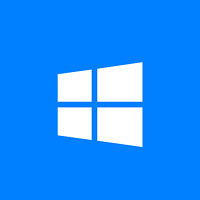
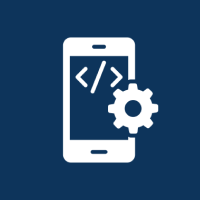



 Database Development
Database Development




